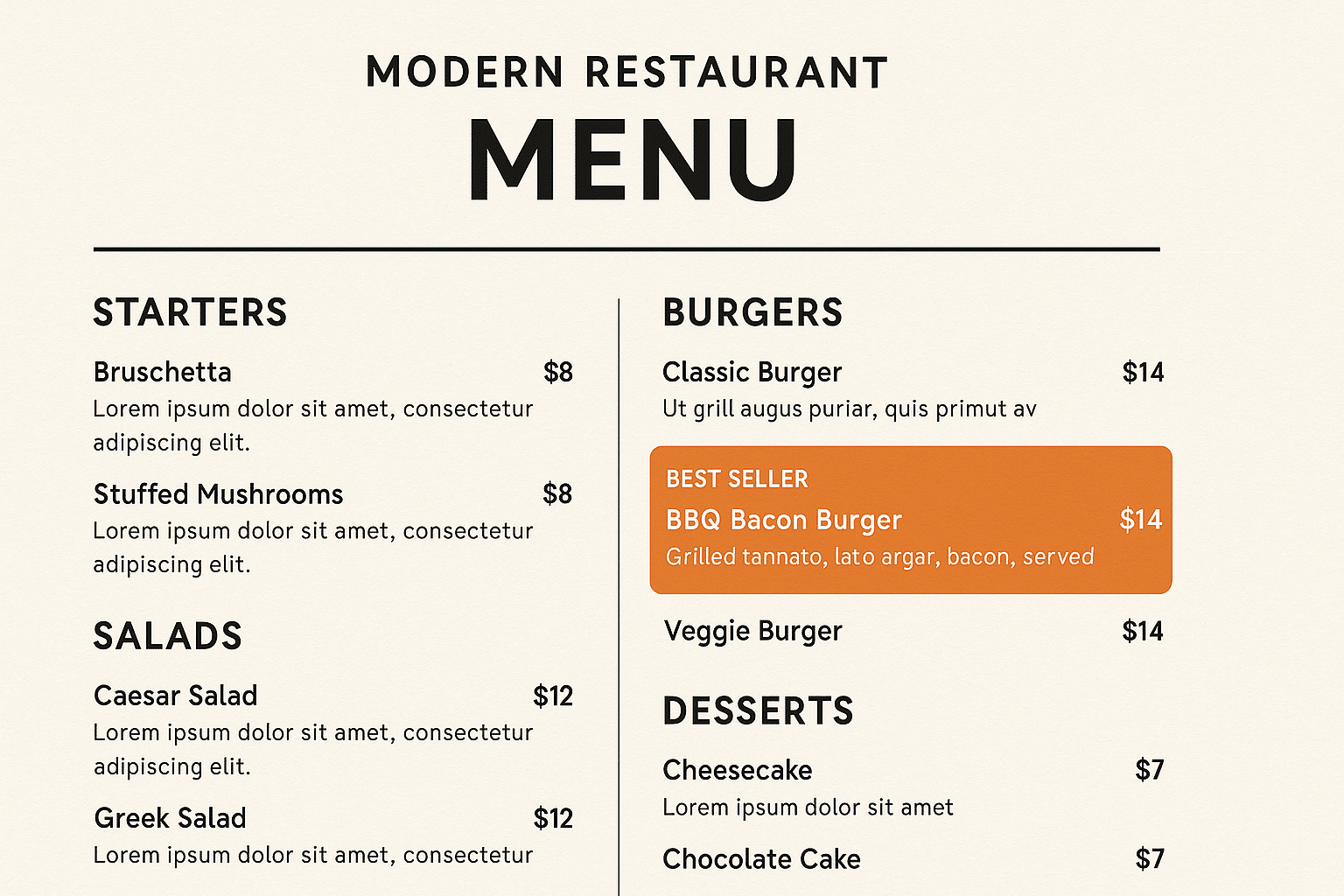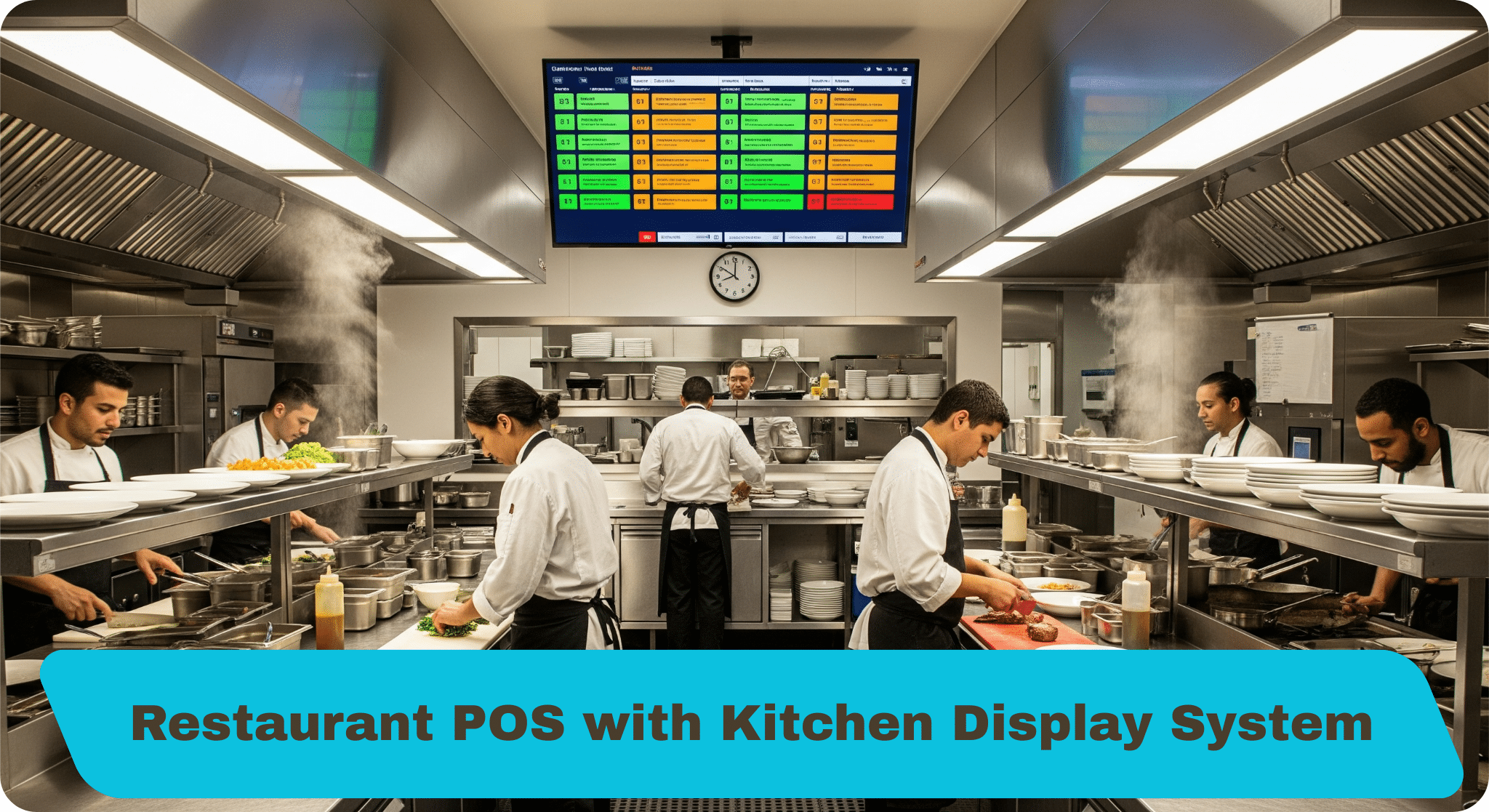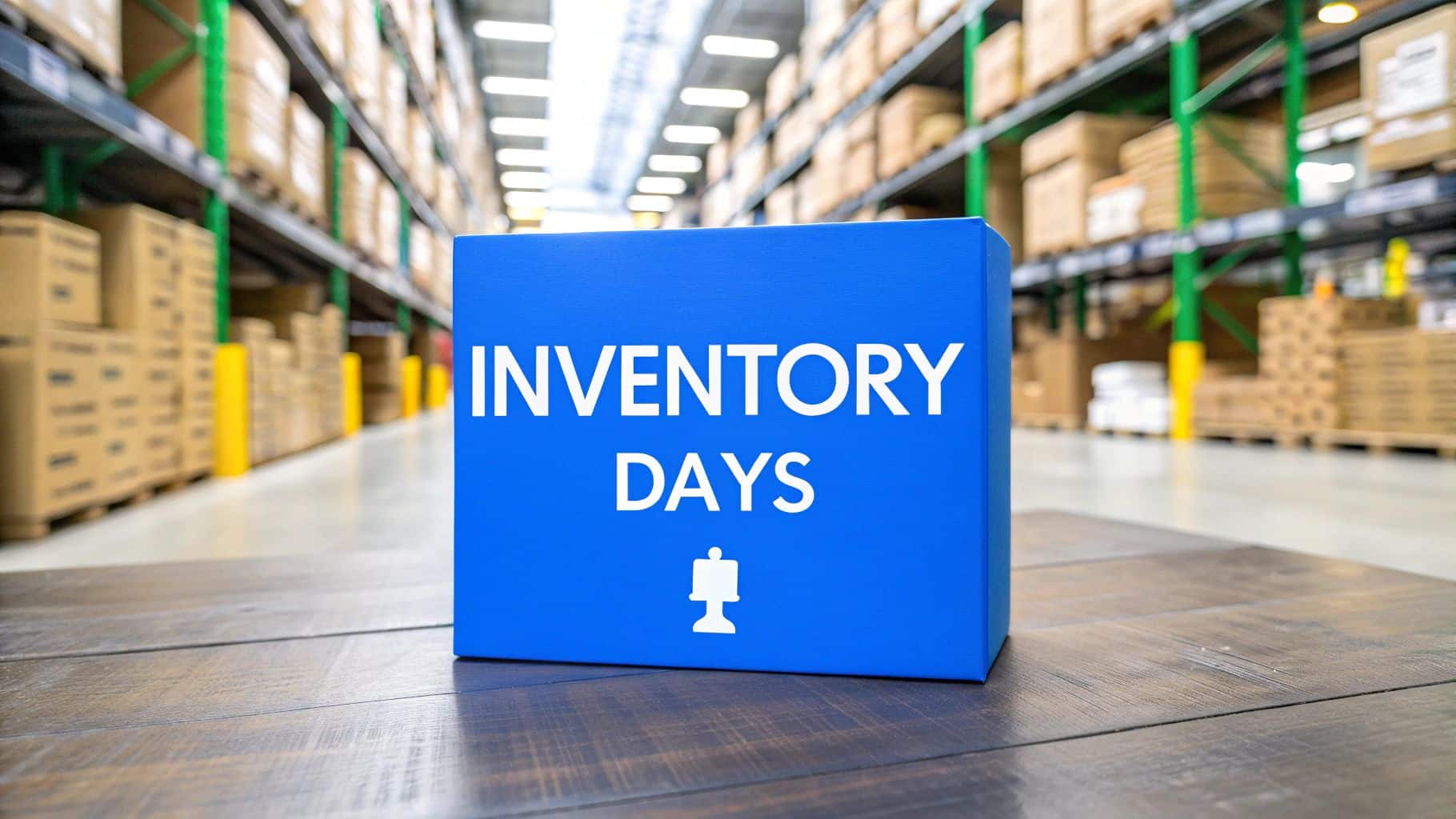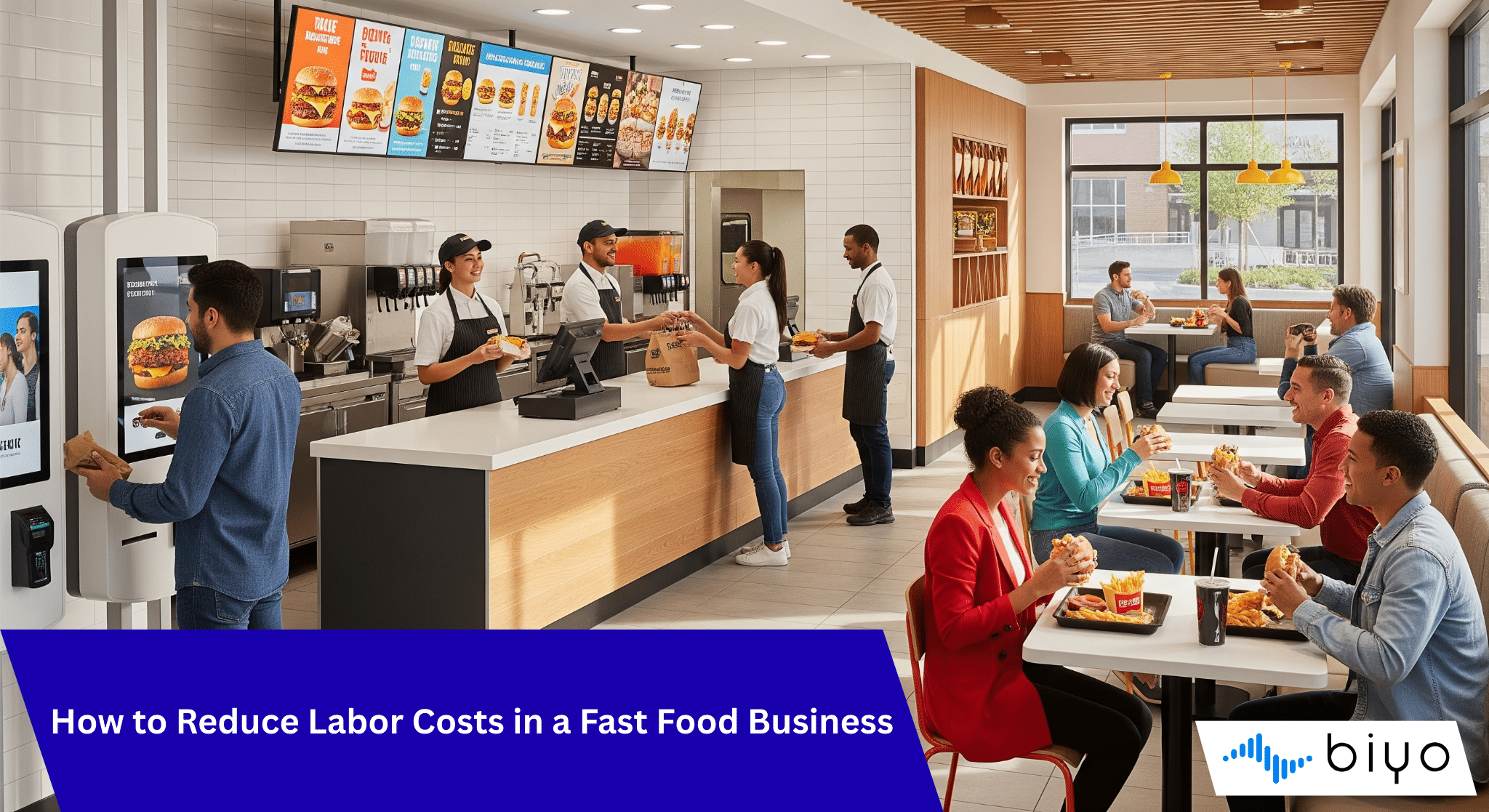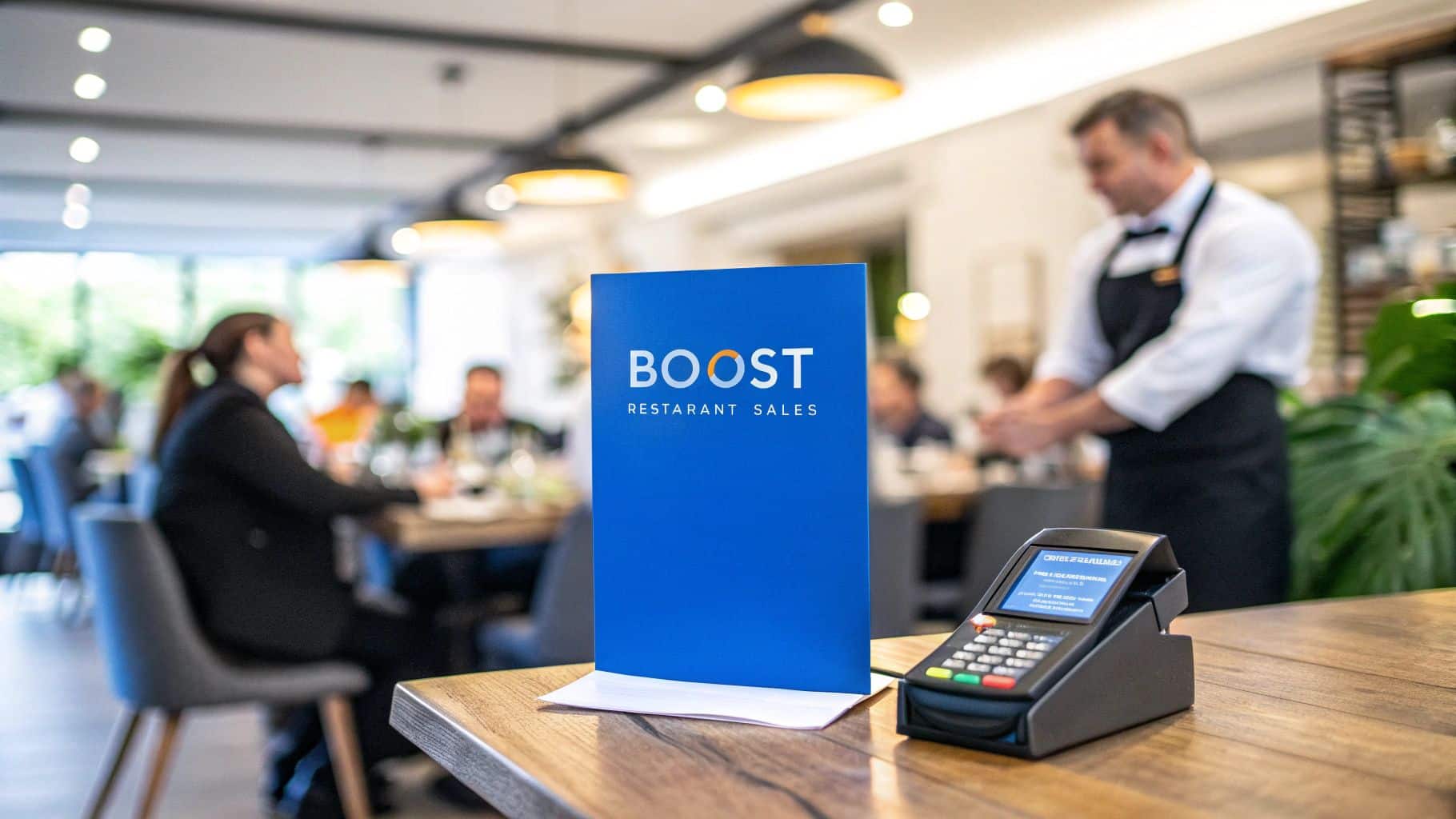Menu engineering is a powerful strategy for restaurants, cafes, and other food service businesses. It helps optimize menu items for profitability, customer satisfaction, and operational efficiency. By designing and analyzing your menu strategically, you can increase your profit margins and enhance the dining experience. In this article, we’ll explore key components of menu engineering. We’ll cover menu optimization, cost analysis, and strategic pricing techniques that drive growth in the competitive food service industry.
Table of Contents
- What is Menu Optimization?
- Profit Center Analysis: Maximizing Revenue Potential
- Understanding Menu Mix Analysis
- Strategic Pricing and Price Psychology
- The Role of Menu Layout and Design Psychology
- Practical Strategies for Menu Engineering
- Frequently Asked Questions
What is Menu Optimization?
Menu optimization is about designing a menu that delights customers and boosts profitability. By analyzing cost, sales data, and consumer behavior, you can create a balanced menu that maximizes each item’s contribution. This process is about understanding the performance of each menu item and making adjustments to improve pricing, placement, and descriptions. Menu optimization helps ensure that the most profitable items are highlighted effectively.
Cost Analysis: The Backbone of Menu Optimization
Cost analysis is the first step in optimizing a menu. It helps evaluate the cost-to-price ratio of each item. By understanding ingredient costs, preparation time, and overhead, you can set better prices and identify unprofitable dishes. High-cost items with low sales can be adjusted, or even removed, to improve profitability. Cost analysis is critical for making data-driven pricing and menu decisions.
By focusing on cost analysis, restaurants can identify which dishes provide the best profit margins. This helps refine pricing strategies and portion sizes. If an item is high in cost but low in sales, it may be better to replace it with a more profitable option.
Cost analysis can also help optimize inventory. When you track costs closely, you’ll know which ingredients to buy in bulk or avoid. This leads to more efficient and profitable menu management.
Sales Mix Reporting: Understanding What Sells
Sales mix reporting tracks which menu items are the most popular. It also helps identify dishes that aren’t selling well. Analyzing this data can help restaurant owners adjust their menu to focus on high-performing items. Popular dishes can be promoted more, and underperforming ones can be removed or reworked.
Sales mix reporting also uncovers cross-selling opportunities. If a popular entrée lacks complementary sides, you can introduce those items to increase sales. This can increase both average check size and customer satisfaction.
Continual sales data monitoring lets restaurants stay in tune with customer preferences. The result is an optimized menu that boosts sales and keeps customers coming back.
Using Tools for Menu Optimization
Using technology like Biyo POS streamlines menu optimization. Biyo POS tracks cost, sales mix, and profit margins in real time. This data allows restaurant owners to adjust their menus quickly based on current trends. With data-driven insights, Biyo POS helps businesses make decisions that improve menu offerings and increase profitability.
Menu optimization software can even predict future trends. This allows restaurant owners to proactively adjust menus and stay ahead of the competition. By using these tools, businesses can continually refine their menus for better performance.
Menu optimization is an ongoing process. By adjusting your menu based on data, you can keep your restaurant profitable and competitive.
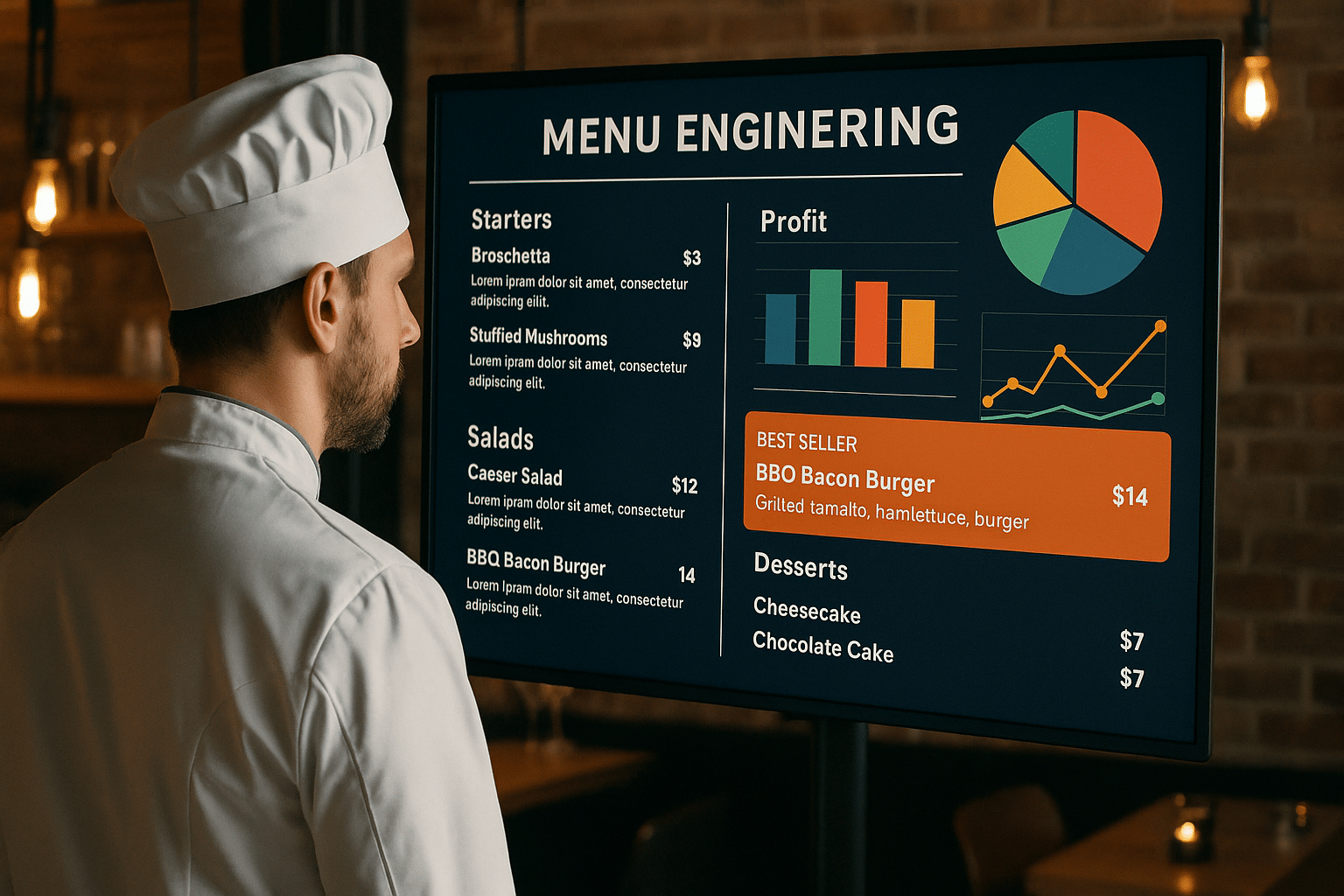
Profit Center Analysis: Maximizing Revenue Potential
Profit center analysis helps identify which menu categories or individual items generate the most revenue. By focusing on high-profit items, restaurants can better allocate resources and make strategic pricing decisions. This process allows you to adjust prices and remove low-margin items, maximizing profitability.
Profit Center Reporting: Tracking Performance
Profit center reporting shows how each menu category is performing. It helps evaluate sections like appetizers, entrees, and desserts. By analyzing these categories, you can determine where to focus your efforts. If an appetizer category is underperforming, consider revising the menu or enhancing its presentation.
Focusing on high-profit categories helps with resource allocation. You can adjust marketing, training, and inventory strategies to drive more revenue. Cross-selling opportunities also become clear when you analyze profit centers. For instance, if a profitable entrée is paired with a less popular side, you can focus on improving the side’s sales.
By understanding the contribution of each category, you can optimize pricing and menu offerings. This results in better resource management and higher revenue potential.
Performance Benchmarking: Setting Standards
Performance benchmarking compares your menu items with industry standards or past data. This helps you assess how well your menu is performing. For example, if a dish isn’t selling as well as similar items in other restaurants, it may need a price adjustment or a new marketing strategy.
Benchmarking can also highlight areas for improvement based on customer feedback. If a dish consistently gets negative reviews, it might need a recipe change or better presentation.
By using benchmarking, you gain a clearer understanding of your menu’s performance. This allows you to make better decisions and stay competitive in the market.
Understanding Menu Mix Analysis
Menu mix analysis categorizes menu items into four groups: Stars, Plow Horses, Puzzles, and Dogs. This helps restaurants focus on profitable items while adjusting or removing underperforming dishes. By conducting this analysis, you can identify which items need to be promoted or revised.
The Item Popularity Matrix
The item popularity matrix divides menu items based on profitability and popularity. “Stars” are items that are both popular and profitable. “Plow Horses” refer to items that sell well but offer low profit margins. On the other hand, “Puzzles” are profitable but not popular. Lastly, “Dogs” are items that are neither profitable nor popular.
By focusing on Stars, restaurants can promote their best-selling dishes. Plow Horses may need price adjustments or portion control to increase profitability. Puzzles can be promoted or reworked to boost popularity, while Dogs should be removed or redesigned.
Using the item popularity matrix ensures that your menu prioritizes high-margin items. This results in better sales and profitability.
Menu Category Segmentation: Understanding Consumer Preferences
Menu category segmentation groups similar items together. This makes it easier for customers to navigate the menu. Segmentation also helps optimize pricing for each category. By analyzing customer preferences, you can tailor the menu to meet their needs.
Menu segmentation can also create opportunities for cross-selling. For instance, you can pair appetizers with entrees that complement them. Offering bundled deals encourages customers to spend more while enjoying a better dining experience.
By understanding customer behavior, restaurants can design menus that are both appealing and profitable. Category segmentation helps customers make quicker, more confident decisions, improving overall sales.
Strategic Pricing and Price Psychology
Strategic pricing involves adjusting the prices of menu items to reflect their perceived value. Price psychology plays a major role here. By understanding how customers perceive prices, restaurants can use pricing strategies to influence purchasing behavior and maximize profits.
Price Psychology: Leveraging Perception
Price psychology uses techniques to influence customer decisions. For example, prices ending in .99 instead of .00 often seem more attractive. Restaurants can also use “anchoring,” where high-priced items make other items seem like better deals.
Another pricing strategy is bundling. By grouping items together at a slightly lower price, restaurants can increase average check size. This is an effective way to encourage customers to try new items or add more to their order.
Understanding how customers perceive prices allows restaurants to set competitive, profitable prices while creating a positive experience for diners.
Effective Strategic Pricing Techniques
Effective pricing strategies include demand-based pricing and value-based pricing. Demand-based pricing adjusts prices based on customer demand. For example, prices may be higher during peak times and lower during off-hours.
Value-based pricing sets prices based on the perceived value of an item, rather than just cost. Signature or premium dishes can be priced higher to reflect their quality, while standard dishes are priced more competitively.
Strategic pricing requires ongoing monitoring of customer behavior and sales trends. This helps restaurants set the best prices to maximize both sales and customer satisfaction.
The Role of Menu Layout and Design Psychology
Menu layout design plays a key role in menu engineering. A well-designed menu guides customers toward high-profit items while making the menu easy to read and navigate. The right layout enhances the dining experience and encourages customers to order more.
Menu Formatting: Creating an Easy-to-Navigate Layout
Menu formatting is about creating a clear, organized structure. Items should be placed logically, with popular or high-margin items highlighted. You can use font size, color, and positioning to draw attention to key dishes.
Formatting also involves readability. The menu should be easy to scan, with simple descriptions that encourage customers to make decisions quickly. Proper menu formatting helps customers feel more confident about their choices.
Effective formatting leads to better customer decisions, which translates into higher sales. A well-structured menu is an essential tool for profitability.
Visual Cue Placement: Enhancing Decision-Making
Visual cues are a powerful tool in menu design. These cues guide customers toward specific items by using symbols, bold fonts, or borders. Placing special or high-margin items in boxes or adding a “chef’s recommendation” icon can influence customer choices.
Visual cues also create urgency. Items marked as “limited-time” or “seasonal” encourage customers to order before they disappear.
By using visual cues strategically, restaurants can boost sales while maintaining a positive customer experience.
Practical Strategies for Menu Engineering
Menu engineering isn’t just about creating a well-designed menu; it also involves continuously refining and optimizing menu offerings based on data and customer feedback. Practical strategies for menu engineering include:
Conducting Regular Menu Audits
Regular menu audits are essential for tracking the performance of each dish, adjusting prices, and ensuring that all items remain profitable. By reviewing cost analysis, sales data, and customer feedback, restaurants can identify underperforming dishes that may need to be removed or re-priced. Menu audits help make informed decisions that can elevate profitability while maintaining a menu that aligns with customer tastes.
Menu audits should be conducted at regular intervals to account for seasonality, changing customer preferences, and market trends. During these audits, it’s important to assess not only the financial performance of items but also their appeal to customers. A menu audit should encompass detailed reporting and performance metrics that highlight how each item contributes to the overall restaurant goals.
Another key element is cross-referencing the performance of various categories, such as appetizers, main courses, and desserts. This gives insight into which areas of the menu are thriving and which may need improvement. An audit allows restaurant owners to strategically focus on growing high-profit items and fine-tuning others to maximize returns.
Implementing Demand-Based Pricing
Demand-based pricing allows restaurants to adjust menu prices based on customer demand and market conditions. For example, during peak hours or high-demand seasons, prices can be slightly raised to capitalize on the increase in customer traffic. Conversely, offering discounts during off-peak times can drive traffic and increase sales during slower periods.
By closely monitoring customer behavior, sales trends, and market dynamics, demand-based pricing helps restaurants stay competitive and maximize revenue. This strategy not only optimizes pricing but also helps cater to customers’ willingness to pay for premium dishes during certain times, balancing demand and profitability.
Moreover, demand-based pricing can be linked to customer loyalty programs. For instance, offering loyal customers exclusive discounts or access to limited-time offers can drive repeat business and ensure that high-demand dishes remain popular throughout the year.
Using the Item Popularity Matrix
The item popularity matrix is a powerful tool in menu engineering that categorizes items based on their popularity and profitability. This matrix helps determine whether menu items should be highlighted, re-priced, or removed altogether. It classifies items into four categories: Stars (high profitability and popularity), Plow Horses (low profitability but high popularity), Puzzles (high profitability but low popularity), and Dogs (low profitability and popularity).
By examining the matrix, restaurant owners can make data-driven decisions to improve their menu. For instance, Star items should be given prominent placement on the menu and perhaps even promoted through marketing. Plow Horses, though popular, may need price adjustments or portion control to increase profitability. Puzzles, with their high profitability but low popularity, might benefit from better marketing or placement on the menu to increase their sales. Dogs should generally be removed or reworked.
The item popularity matrix ensures that each dish on the menu is strategically placed based on its performance, allowing restaurant owners to maximize their profitability while meeting customer expectations.
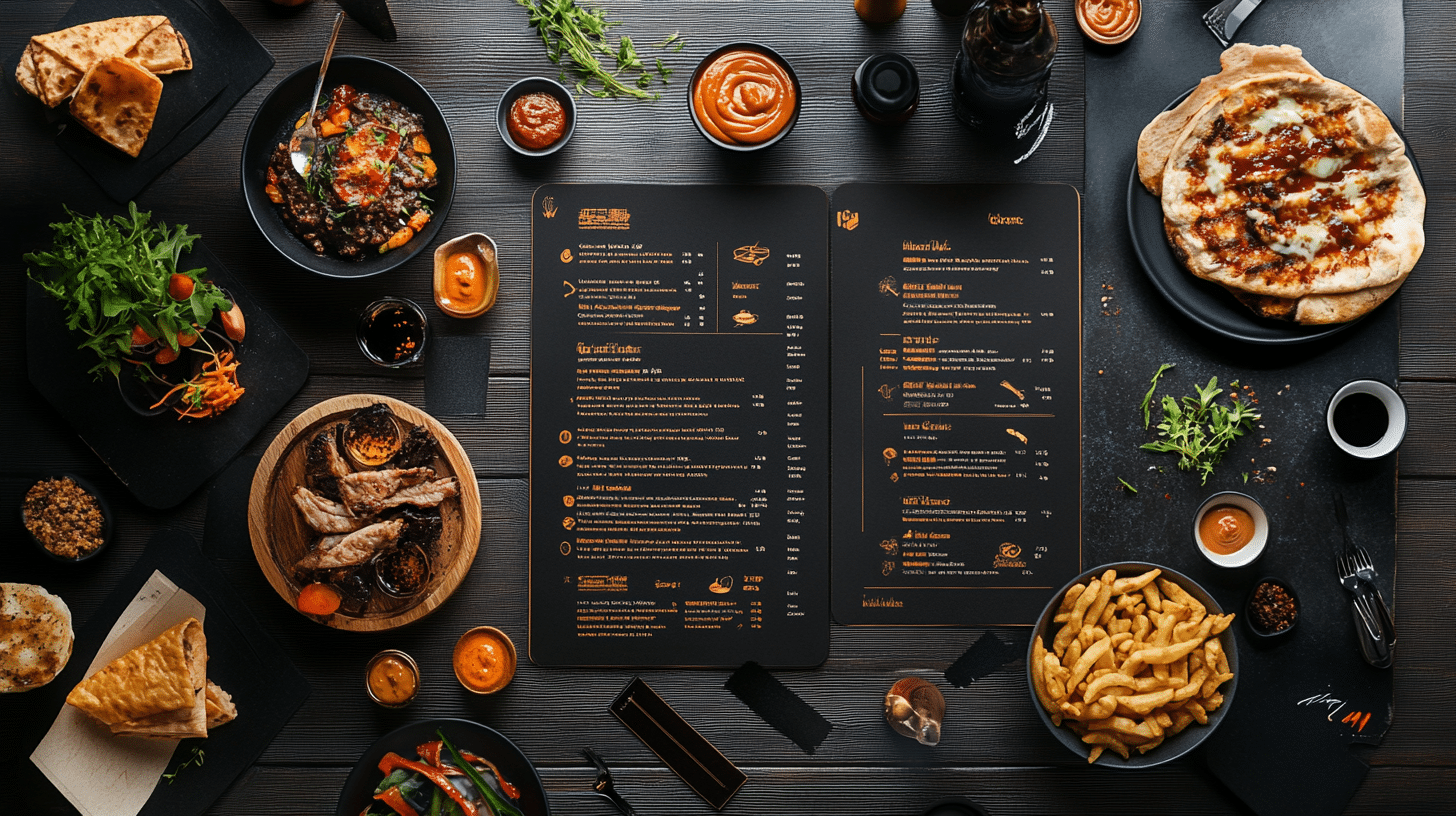
For more information on optimizing your restaurant’s menu, check out Biyo POS, a leading POS system that offers powerful tools for menu analysis, sales reporting, and profit optimization.
Frequently Asked Questions
What is the goal of menu engineering?
Menu engineering aims to maximize profitability by optimizing menu items, prices, and layout based on customer preferences and sales data.
How does menu optimization improve restaurant profitability?
Menu optimization improves profitability by adjusting pricing, placement, and item selection to focus on the most profitable dishes.
What is the menu item popularity matrix?
The menu item popularity matrix categorizes dishes into four groups: Stars, Plow Horses, Puzzles, and Dogs, based on sales and profitability. This helps prioritize menu items for better performance.
